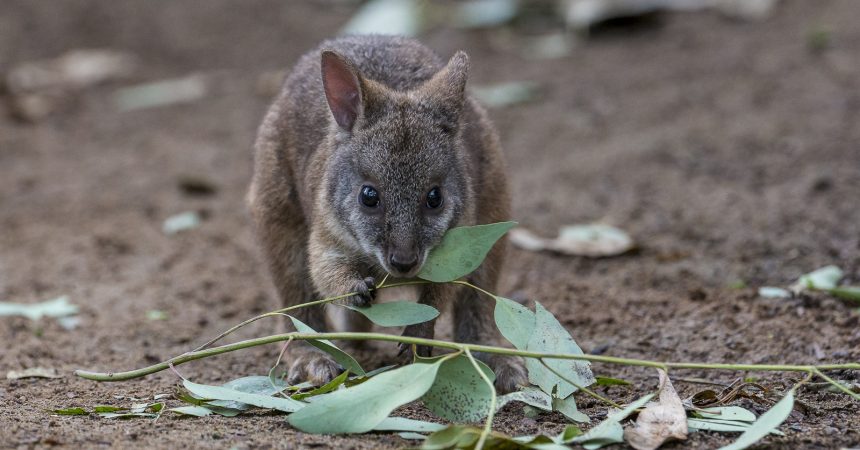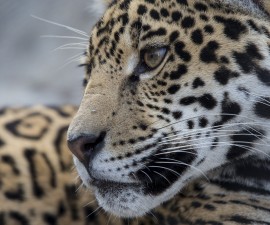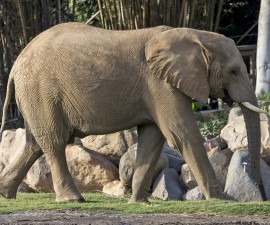For most American families, Thanksgiving dinner is the belt-busting dining event of the year. At this meal, the average person gobbles down 1 pound of turkey, plus stuffing, pie, and seemingly endless “trimmings,” adding up to around 4,500 calories. But for some members of the Animal Kingdom, that doesn’t even add up to an appetizer.
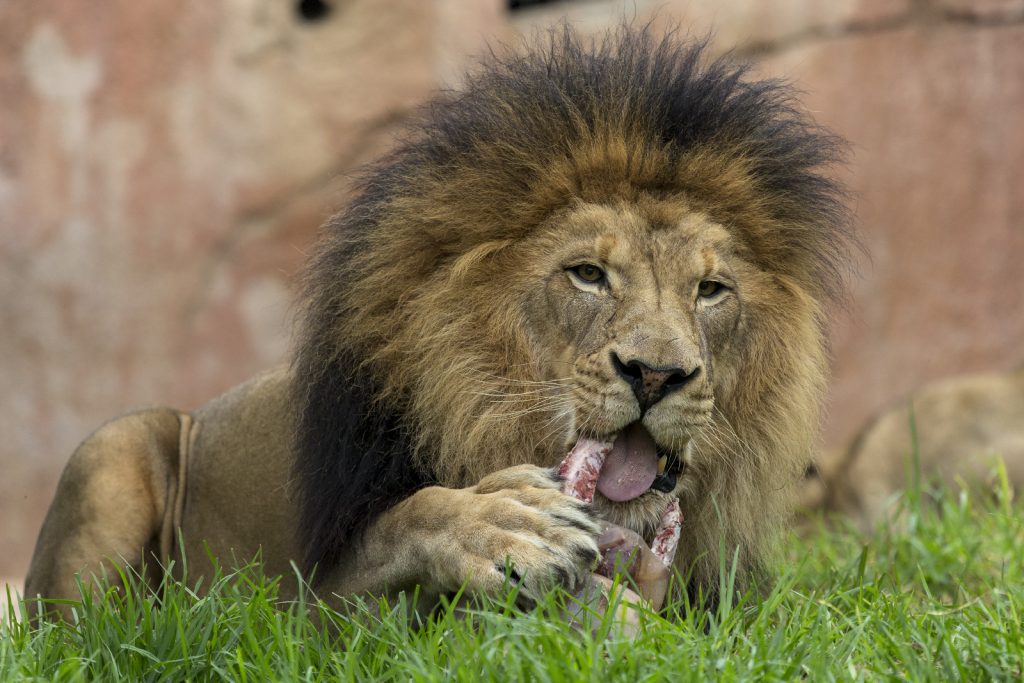
African lion
When a pride of lions gathers to feast on the bounty of a successful hunt, a male lion can eat between 90 and 140 pounds of meat—about one quarter of his body weight. Smaller, more agile female lions (usually the ones that actually hunt the meal) can consume up to 55 pounds of meat. Lions digest their food quickly, so they don’t have to be coaxed back for a second helping if there are any leftovers. Like humans after Thanksgiving dinner, lions appreciate a good nap—and even without a sofa, they may doze up to 21 hours in a 24-hour period.
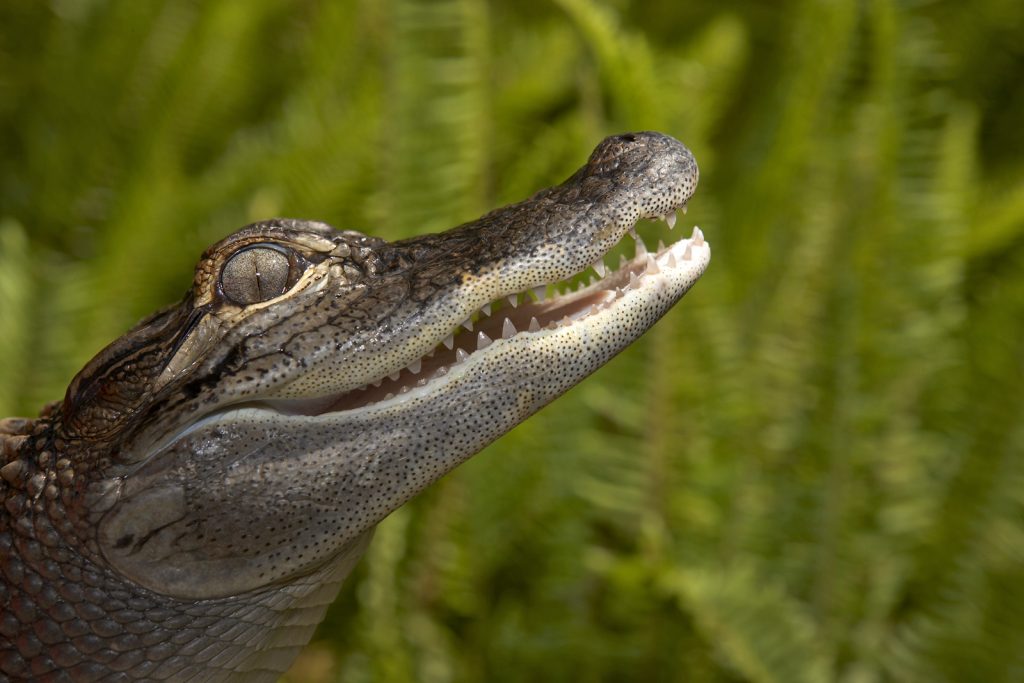
American alligator
When they are hungry, some crocodilian species, like the American alligator, can eat up to half their body weight, including large animals like pigs or deer. They aren’t dainty eaters, either. Crocs tear off large chunks of food with their sharp teeth; and they try to swallow food whole when they can, positioning the prey just right, so that they can toss their head back and let it slide down their throat. After finishing off their feast, crocodilians can put off eating again for a month or more. In fact, because they are able to store fat in their tails, some large adults have been observed to go as long as two years without eating.
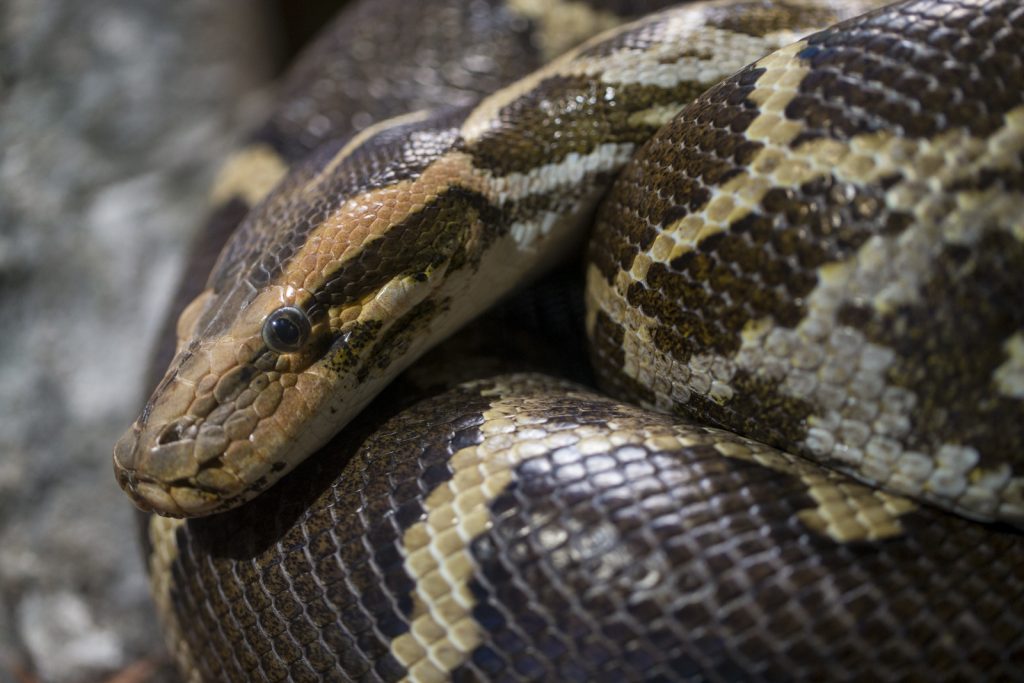
Indian python
Snakes are also big eaters, capable of consuming prey up to 20 percent of their body size. For a 500-pound green anaconda, that could be a 100-pound meal! No chewing is required: the snake swallows its prey whole, head first, holding on with sharp, backward-facing teeth. It uses its stretchy jaws, mouth, throat, and body muscles to slowly swallow all of that big meal. And if the meal is large enough, the snake may not have to eat again for several weeks—or months.
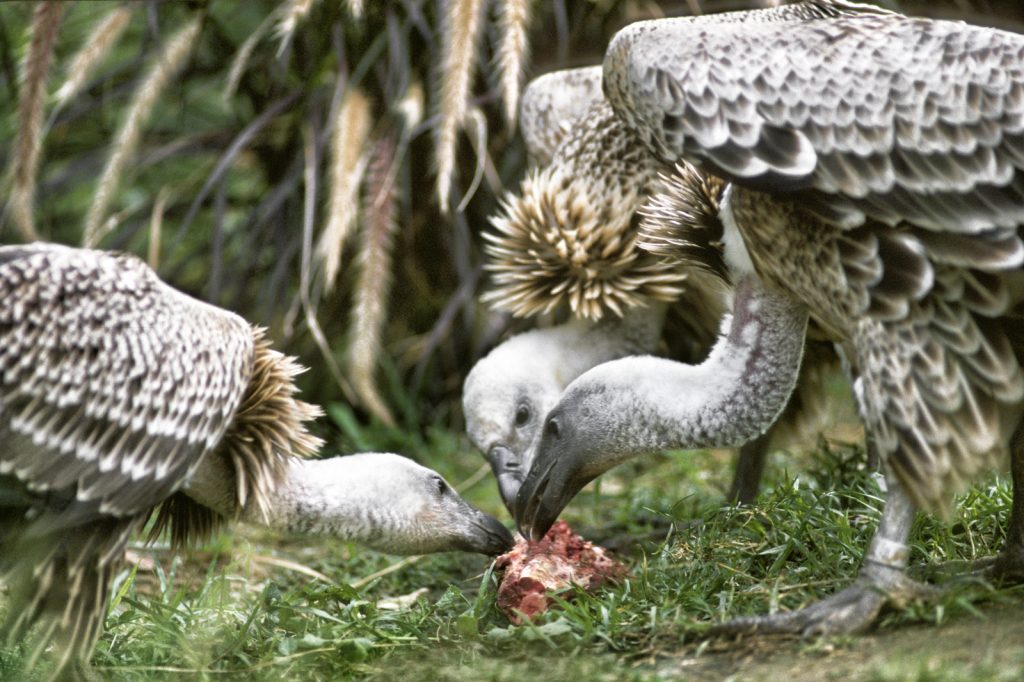
Ruppell’s vultures
If anyone says that you “eat like a bird,” they probably aren’t talking about any one of the 23 vulture species. Since vultures generally feed on carrion (dead animals), they rarely know when they will find their next meal. So, every time they locate dinner, it’s like Thanksgiving Day! Just as extended families sit down to the holiday table together, vultures often feed in large groups—and information on available food is relayed rapidly to other vultures nearby. These birds eat all they can (up to 20 percent of their body weight) while they have the chance, picking a carcass clean—and they can store some of that food in a throat pouch called a crop, to eat later or regurgitate to feed their young.
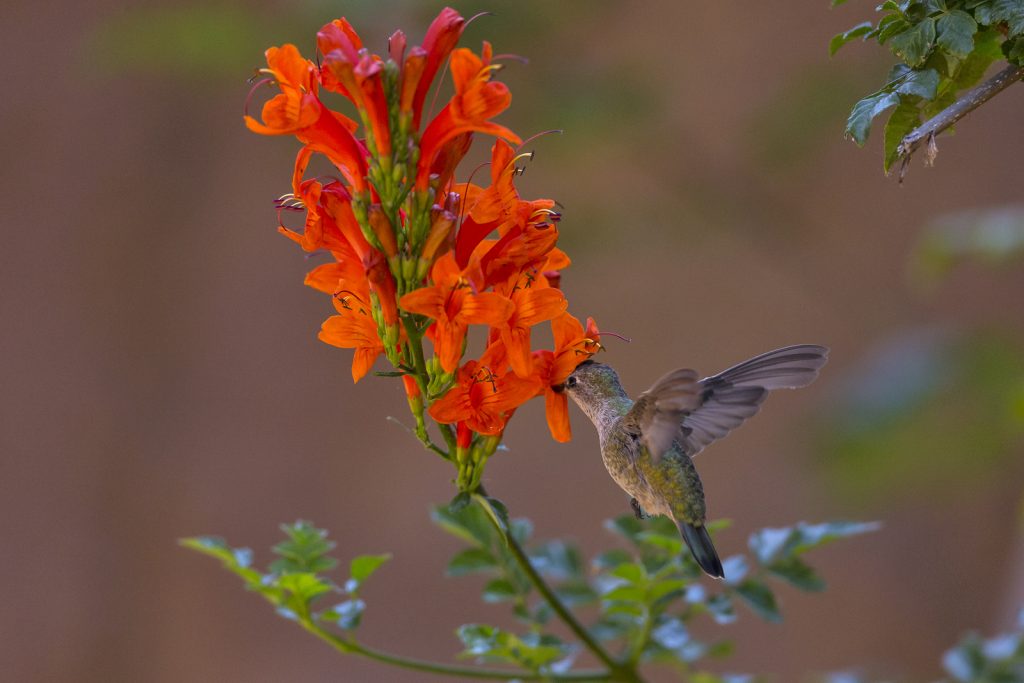
Anna’s hummingbird
Like the guy who hovers around the buffet table sampling “just a little” of everything—and ends up eating more than the sit-down guests—hummingbirds keep moving, but they eat a lot. There are 328 known species of hummingbirds, and while they may be small, the average hummingbird consumes half its body weight in nectar each day. It needs to eat every 15 minutes or so during the day, and these fast-moving birds have been observed visiting up to 20 flowers a minute. They consume between 3.14 and 7.6 calories a day, which is the proportional equivalent of 155,000 calories per day for a human, or about 35 Thanksgiving dinners.
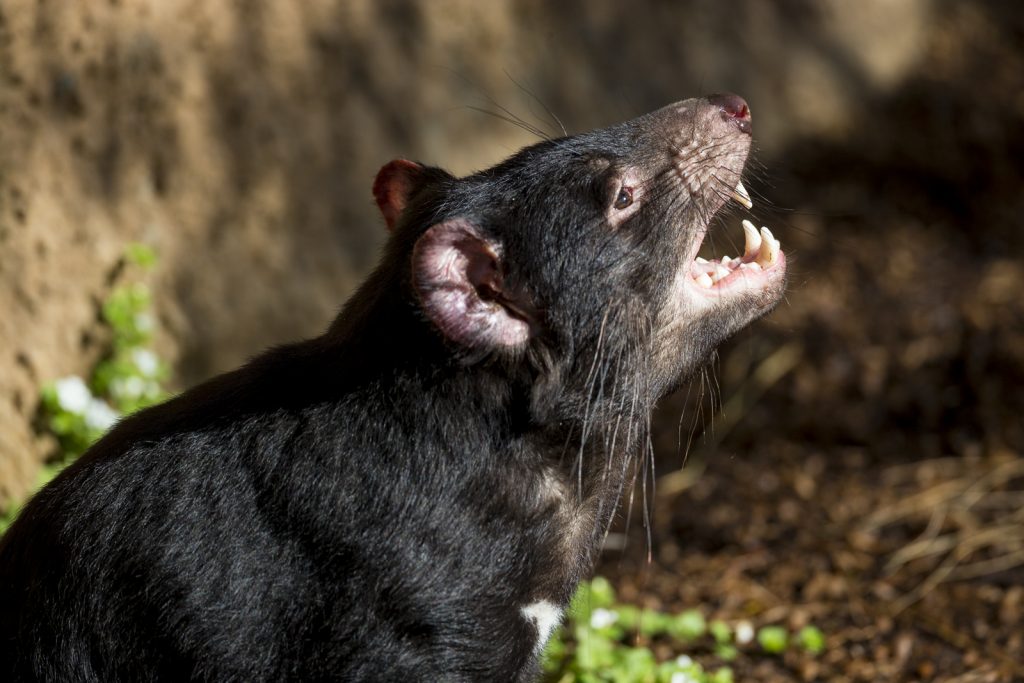
Tasmanian devil
While Thanksgiving is a day when many people gorge themselves, Tasmanian devils are gorge feeders all year long! These nocturnal “eating machines” can consume a meal as large as 40 percent of their body weight, dining on carrion or live prey (including birds and small mammals), and usually eating the bones, too. While they are mostly solitary animals, these energetic marsupials often feed together in groups to finish off a carcass. As with many family get-togethers, the Tasmanian devils’ group meal includes a lot of conversation—but theirs mainly consists of growls, fierce snarls, and high-pitched screams to establish dominance.
Whether you opt for a big dinner with all the trimmings or a simple celebration with family and friends, here’s hoping your Thanksgiving is filled with joy and plenty of good food. And if you’re curious about what’s for dinner in the Animal Kingdom, both the San Diego Zoo and the San Diego Zoo Safari Park will be open on Thanksgiving Day.
Eston Ellis is a staff writer for San Diego Zoo Global. Read his previous story, Polar Bears Participate in Research—and Their Own Health Maintenance.

